How Does Weather Affect Fire Damage Restoration?
Weather significantly impacts the effectiveness of fire damage restoration. High humidity can exacerbate smoke odor and residue, while cold temperatures can hinder the drying process of cleaning materials.
What Are the Key Weather Conditions to Consider?
Several weather conditions influence fire damage restoration:
- Humidity: High humidity levels can prolong the presence of smoke odors and impede soot cleanup.
- Temperature: Cold weather can slow down the drying of affected areas, delaying restoration efforts.
- Rain: Rain can facilitate mold growth if water intrusion occurs alongside fire damage.
How Can Humidity Affect Fire Cleanup?
High humidity complicates fire cleanup by retaining moisture in remnants. This creates an ideal environment for mold growth, necessitating quicker restoration efforts. Effective dehumidification is essential during humid conditions to mitigate these risks.
What Are Effective Soot Cleanup Tips for Various Weather Conditions?
Adapting your soot cleanup techniques to the weather can enhance effectiveness:
- Use of Dehumidifiers: In high humidity, utilize commercial dehumidifiers to reduce moisture.
- Heat Application: In cold conditions, applying gentle heat can speed up drying time for surfaces.
- Containment Measures: Establish barriers to prevent smoke and soot from spreading in windy conditions.
What Steps Are Necessary for Smoke Odor Removal?
Smoke odor removal requires a systematic approach influenced by local weather:
- Ventilation: During dry, breezy days, open windows for ventilation to expel odors.
- Ozone Treatment: In controlled environments, consider ozone generators to neutralize odors.
- Surface Cleaning: Clean all surfaces thoroughly using appropriate agents to eliminate odor sources.
What Should Be Included in an After Fire Checklist?
An after fire checklist ensures no steps are overlooked during restoration:
- Assess Damage: Inspect for structural integrity and identify areas requiring immediate attention.
- Document Everything: Take photos and notes for insurance and restoration reference.
- Begin Cleanup: Start with soot and smoke damage using appropriate techniques based on weather conditions.
- Contact Professionals: If the damage is extensive, contact fire damage restoration experts.

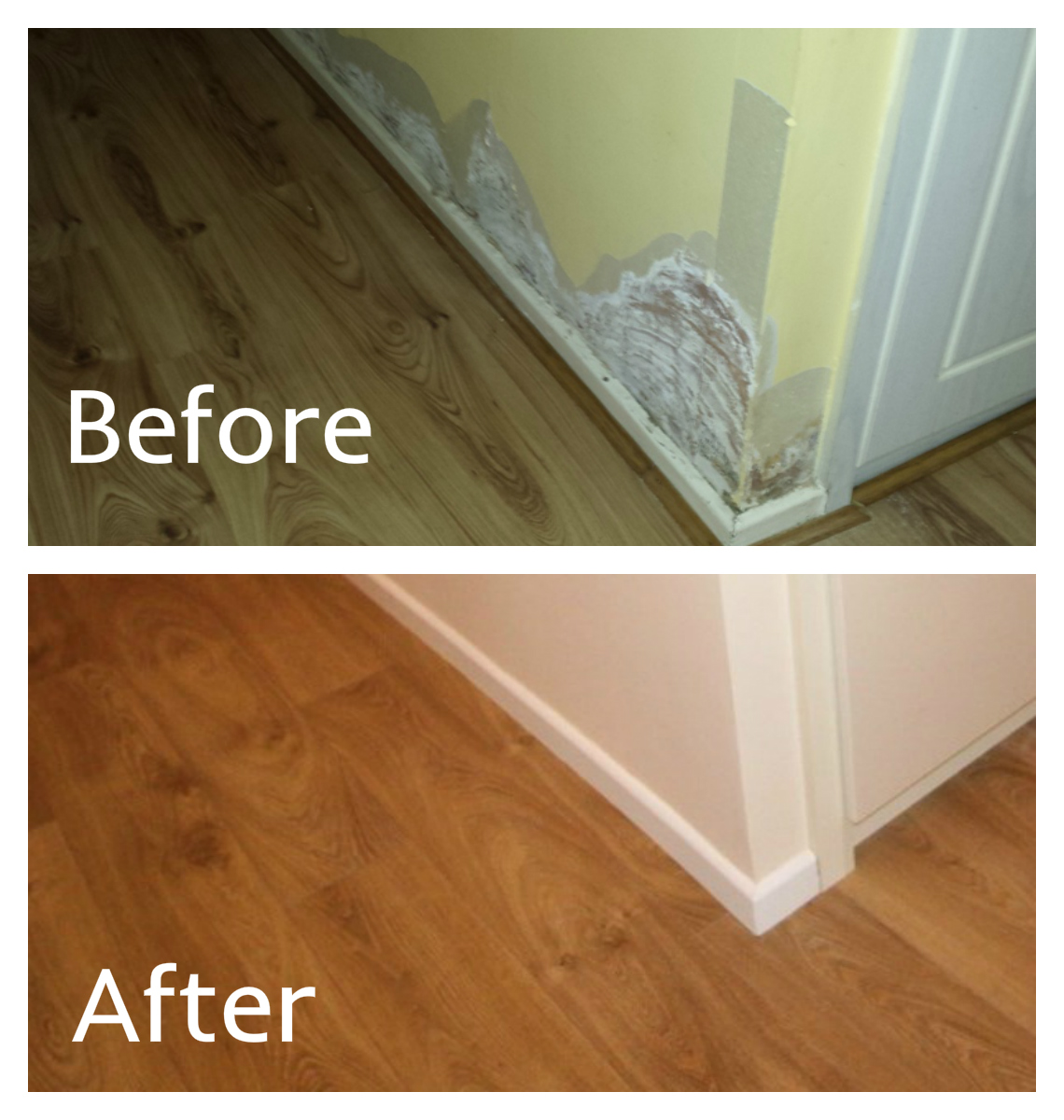


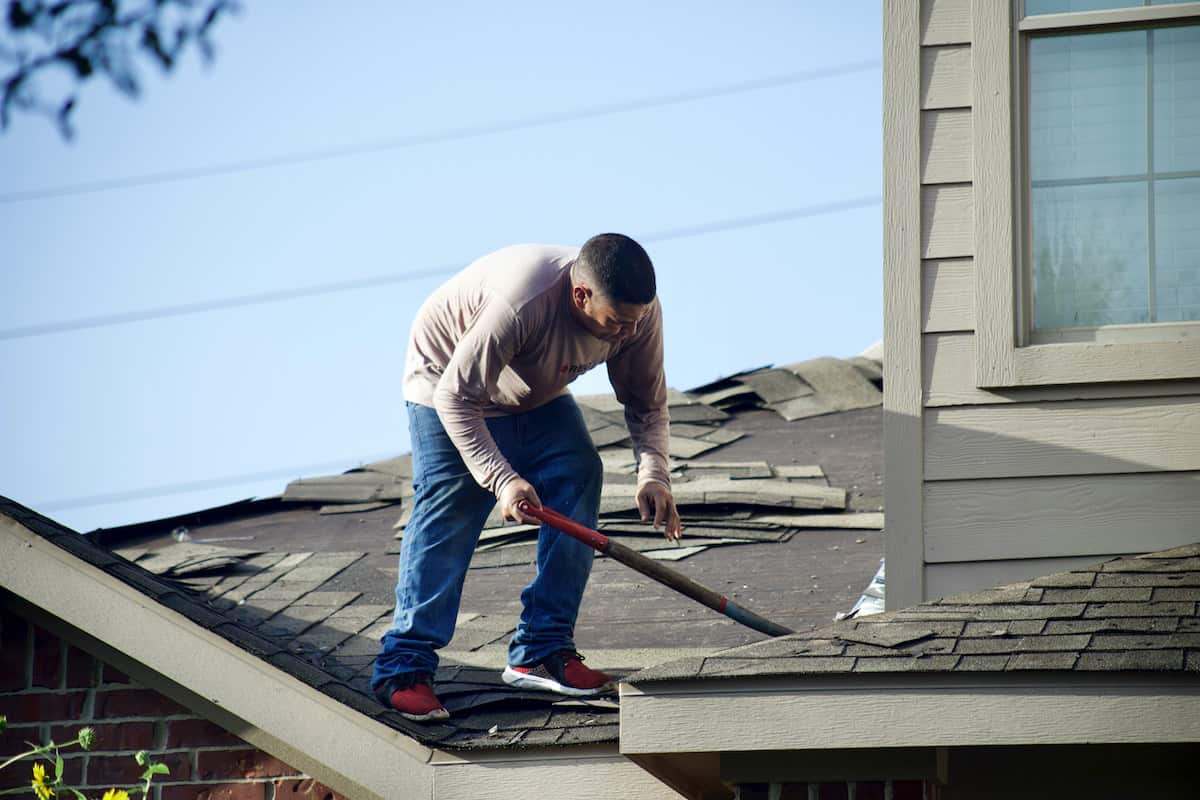


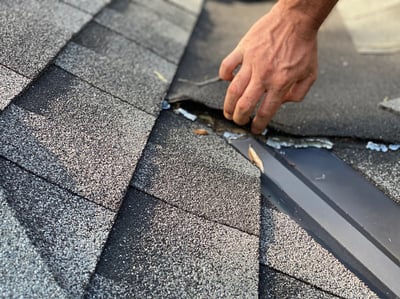

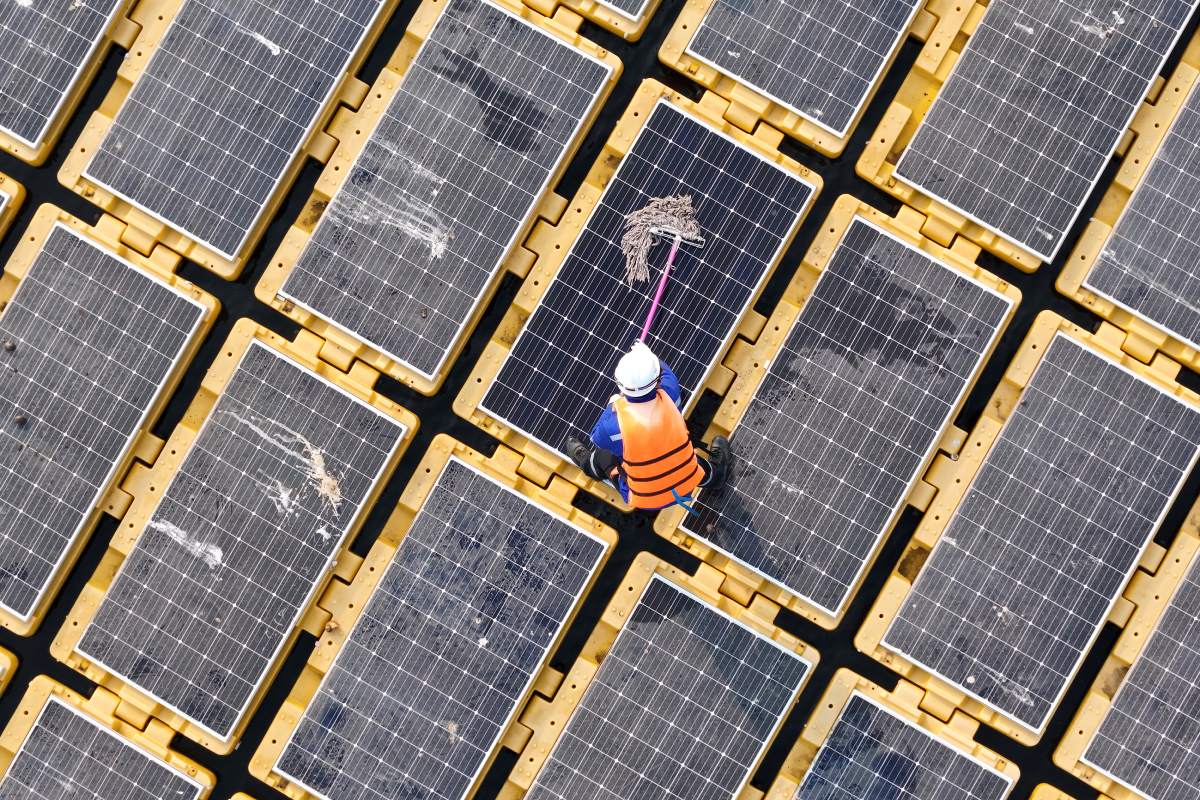
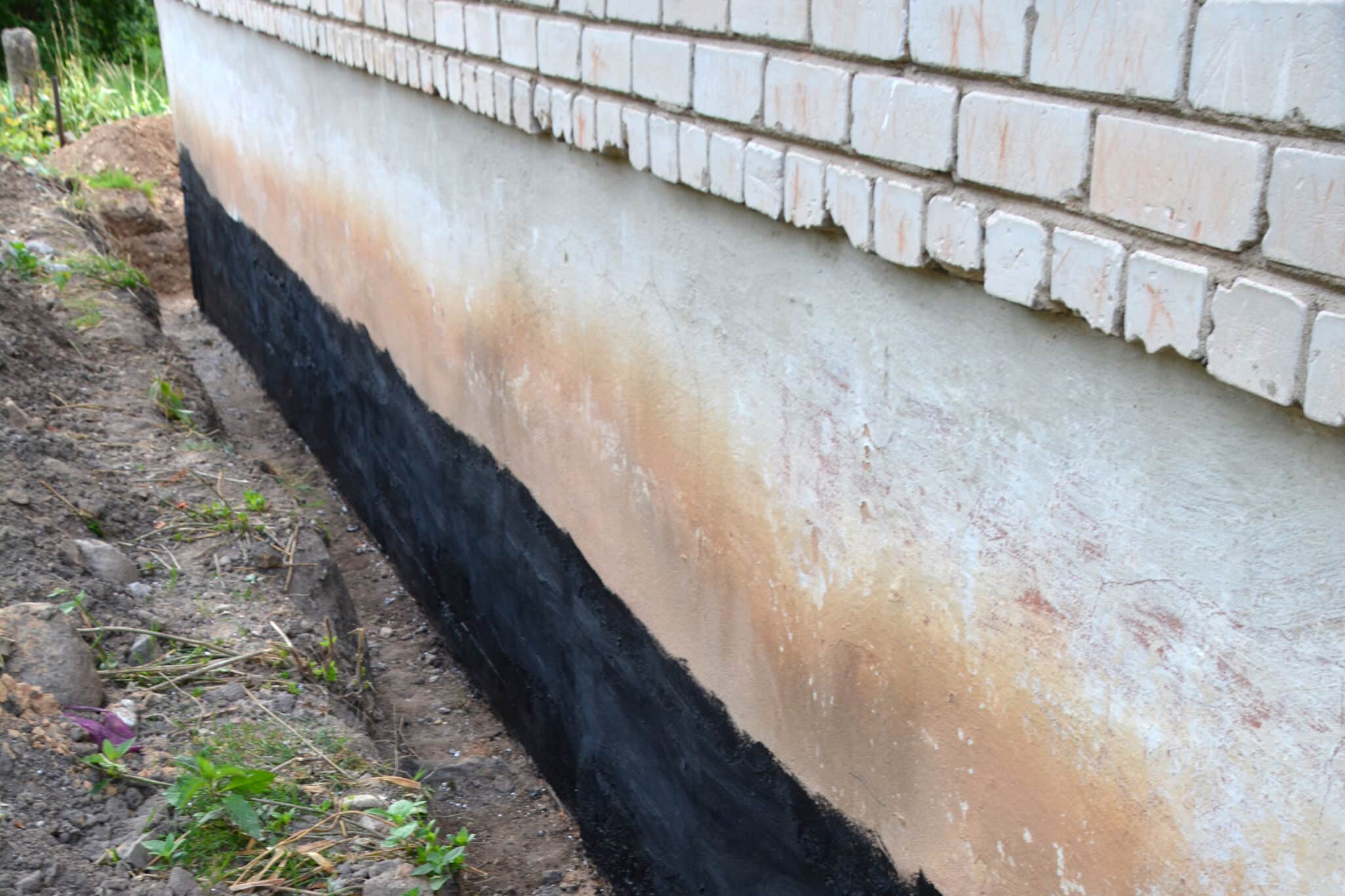

Leave a Reply